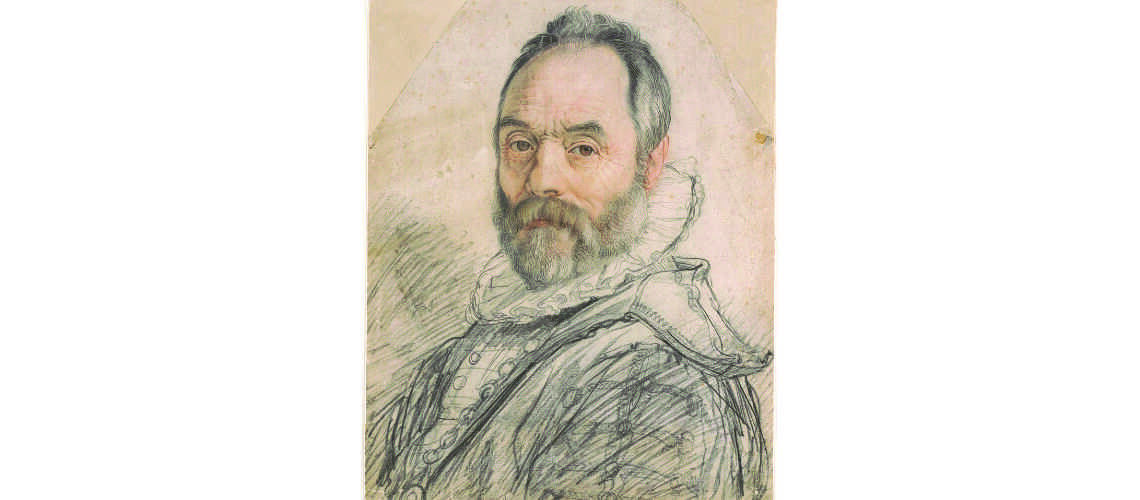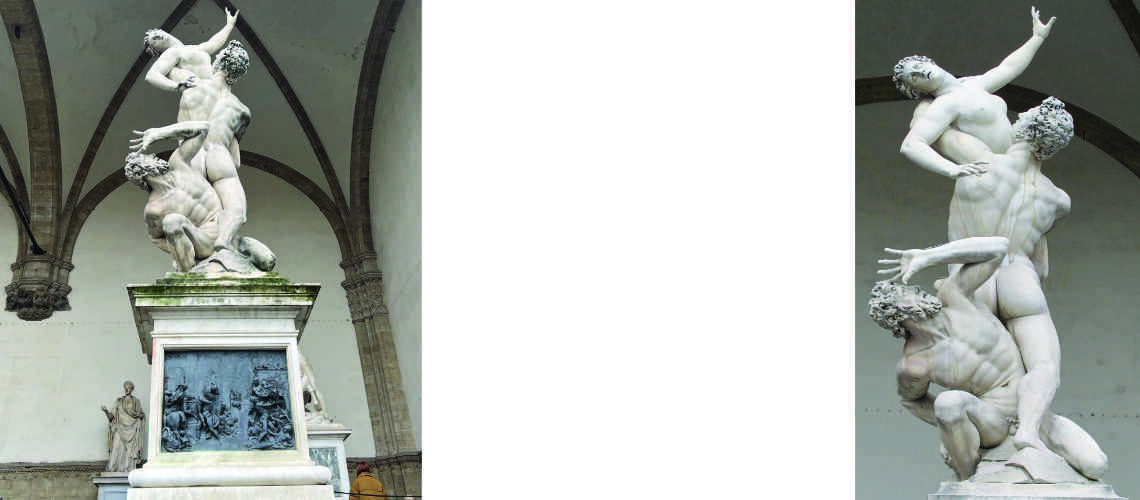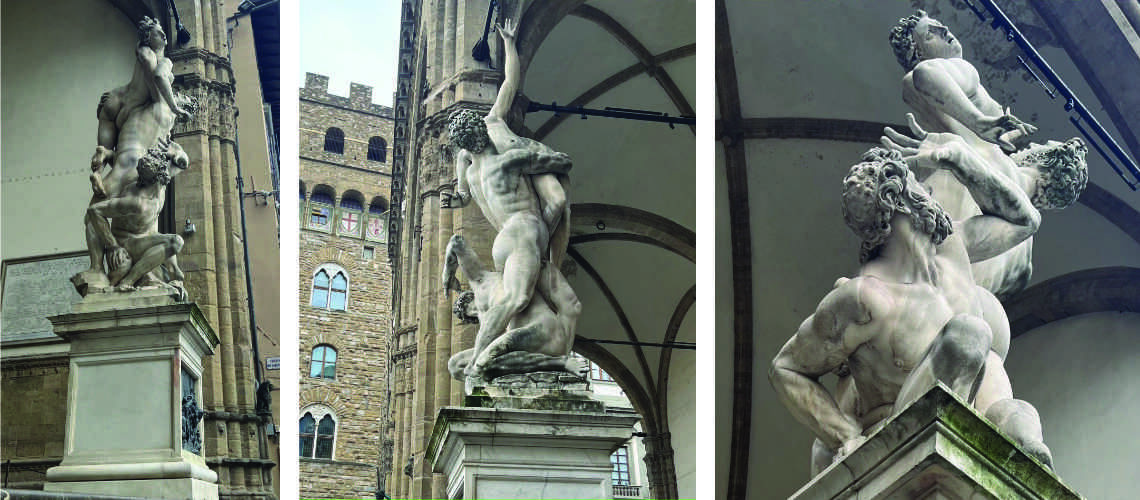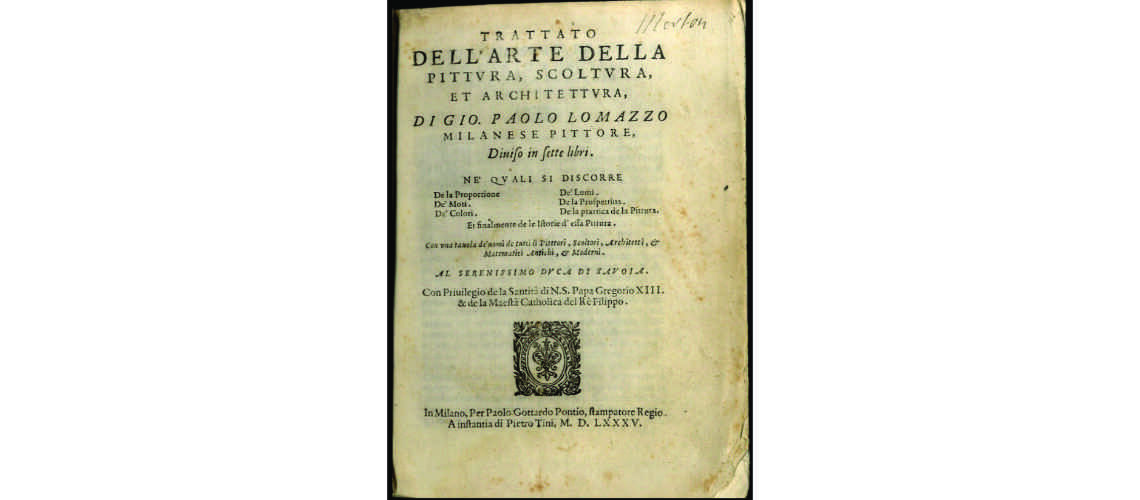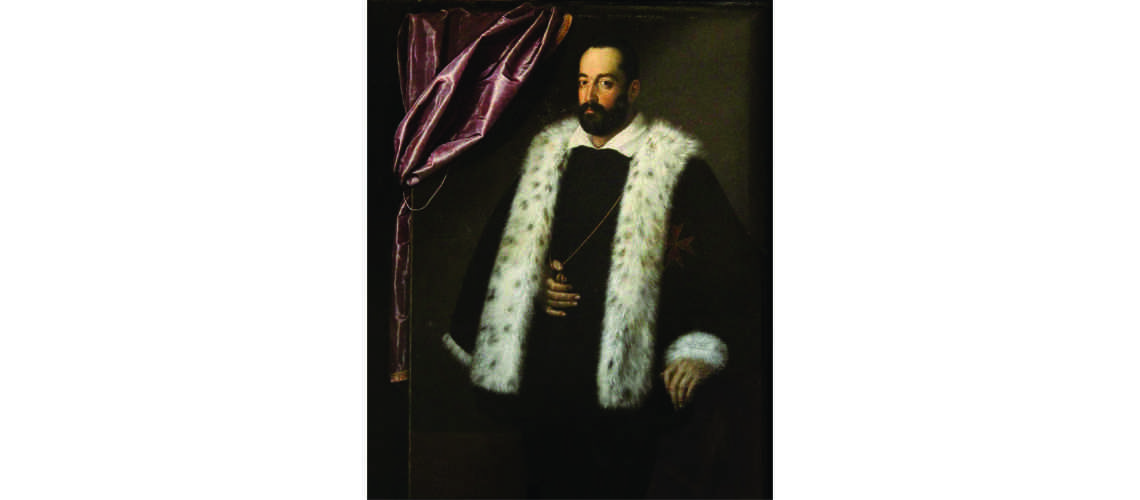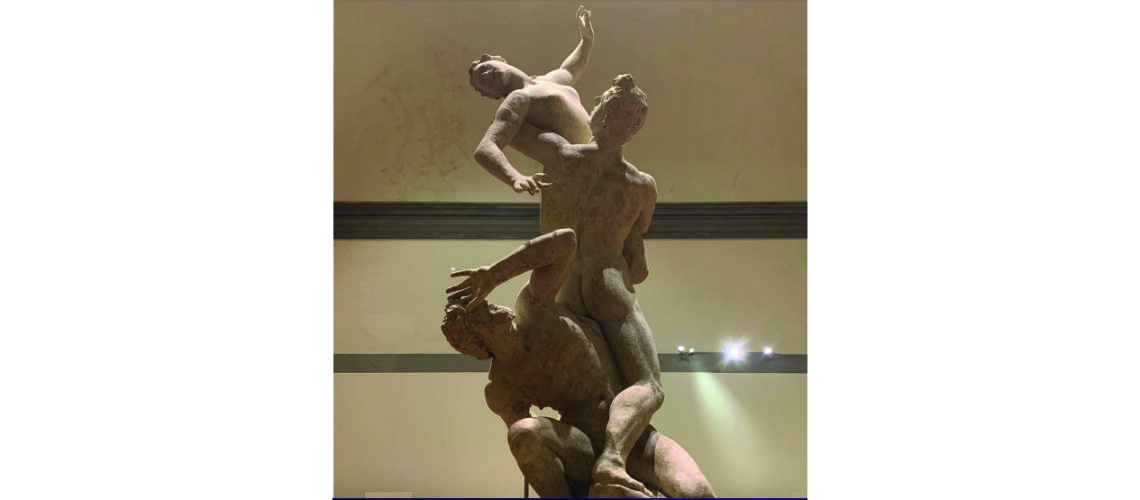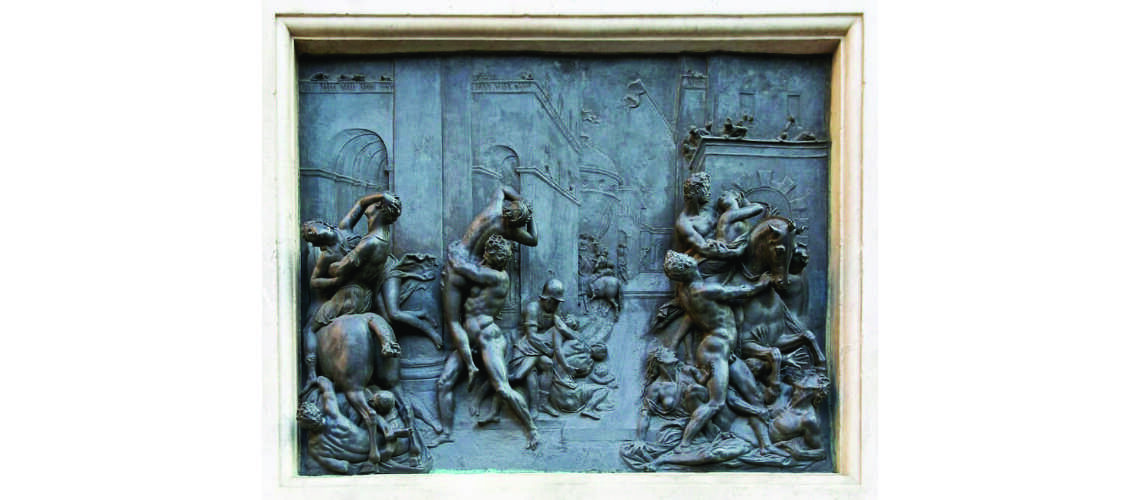Giambologna and the Rape of the Sabines
Part I
Hendrick Goltzius, portrait of Giambologna
The largest sculpture in the Loggia dei Lanzi in Piazza della Signoria is the Rape of the Sabines by Giambologna. Michelangelo’s powerful but slender David positioned near the Loggia in front of the Palazzo Vecchio nearby, exceeds five meters in height, and certainly was an incentive for Giambologna to create a monumental work 4.10 meters high.
| The Rape of the Sabine Women on the base in the Loggia dei Lanzi | Detail of the sculptures |
These are three intertwined characters where a young Roman kidnaps one of the Sabine women by holding her up while trapping a frightened and desperate old man between his legs. The classic style with which Giambologna sculpts the work is in accordance with the myth of the “Rape of the Sabines” according to which the founder of Rome Romulus kidnaps the women of the nearby Sabina region by deception to procreate and populate the newborn city.
Giambologna, marble sculptor
Although Giambologna preferred to make clay models to be cast in bronze with lost wax, he executed the work in a single monolithic block of marble which presents large masses and voids arranged asymmetrically while maintaining the ideal and real weight concentrated at the bottom; he was able to give the set of figures an “S” twist which allows the monument to have the innovative characteristic of three-dimensionality; in fact, it was made to be placed in the center of a space where it can be seen from all sides, as Michelangelo also claimed:
pyramidal figure, serpentine and multiplied by one, two and three […] because the greatest grace and prettiness that a figure can have is that it shows movement, which painters call fury of the figure […] and to represent this motion there is no it is a more adapted shape than that of the flame of the fire […] so that, when the figure has this shape, it will be beautiful,
as in fact Giovanni Paolo Lomazzo tells us in his “Treatise on the Art of Painting” of 1585.
The sculpture is finished
Giambologna completed the execution of the work in 1583. It had been commissioned by the Grand Duke Francesco I dei Medici, as can be deduced from a letter that Simone Fortuna wrote to the Duke of Urbino on 17 October 1581 in which he informed him that a group would soon emerge of three statues opposite Donatello’s Judith in the Loggia dei Pisani [the Judith was then placed in the Loggia dei Lanzi].
The sculpture was signed with the inscription “OPVS IOANNIS BOLONII FLANDRI MDLXXXII” [by Giovanni de Boulogne of Flanders, 1582].
Portrait of Francesco I de’ Medici by Scipione Pulzone, 1590, Uffizi Gallery
The meaning of the sculpture and the Medici Grand Duke of Tuscany
The Grand Duke Ferdinando I dei Medici found the work beautiful and, as Raffaello Borghini writes in his “Il Riposo” of 1584, wanted to have it placed in the Loggia dei Lanzi.
It is curious how Giambologna wrote on 13 June 1579 to the Duke of Parma Ottavio Farnese that with this work he wanted to “give space to the wisdom and study of art”, that is to express the strength of love of the young lover, the beauty of the beloved woman, and the desperation of her old husband. And thanks to the classical sculptural style, nudity did not offend the sensitivity of the Catholic Reform. Nothing to do, however, with the “Rape of the Sabines”.
The sculpture becomes "Rape of the Sabine Women"
But Raffaello Borghini confirms that originally Giambologna wanted to sculpt three figures that interacted in movement with each other, and that however he made the sculptor change his mind, and in fact he writes:
“he was told, I don’t know by whom, that it would have been well done, to continue the story of Perseus by Benvenuto [a work by Benvenuto Cellini present under the Loggia dei Lanzi] that he had pretended for the kidnapped girl Andromeda wife of Perseus, for her kidnapper Fineo, her uncle, and for the old Cepheus, father of Andromeda.But one day Raffaello Borghini having come to Giambologna’s workshop, and having seen to his great delight this beautiful group of figures and understood the story, that must have meant, he showed signs of amazement, of which Giambologna realizing, begged him a lot to give him his opinion on this, who concluded that in no way should he give that name to his statues, but that would be better the Rape of the Sabine Women; which story having been judged apt, gave its name to the work.“
The plaster model
Giambologna executed, as almost all sculptors used to do, a model in clay or raw earth, which fortunately was not destroyed and which is kept in the Academy of Florence.
From the clay model, which was particularly fragile and friable when dry, a plaster positive was normally drawn, more resistant than raw clay, used as a reference for sculpting the work in marble. A plaster model, probably the original by Giambologna, was found in the early 1900s by Marino Marinelli, father of Ferdinando Marinelli Jr.
Academy of Drawing, original clay model
The assistant Pietro Francavilla
One of the assistants of Giambologna’s studio for the marble sculpture of the mammoth work was Pietro Francavilla (Italianized name of Pierre de Franqueville) who worked on it since 1574.
When the title of The Rape of the Sabine Women became definitive, Giambologna executed a bronze bas-relief to be affixed to the base which made it clear the subject of the monument, as Cellini had done for the base of the Perseus.
Detail of the bronze plate Rape of the Sabine women by Giambologna

